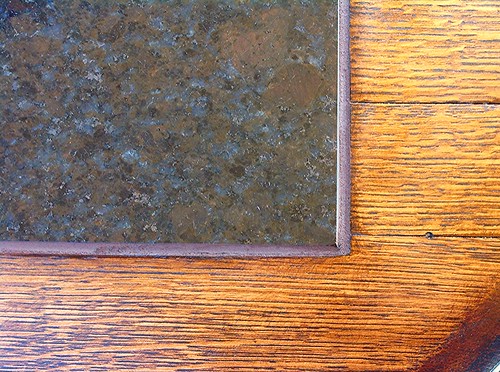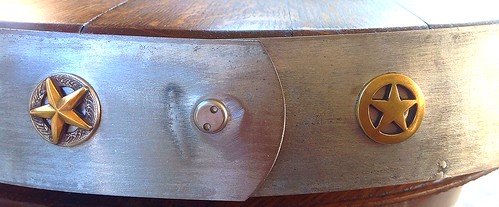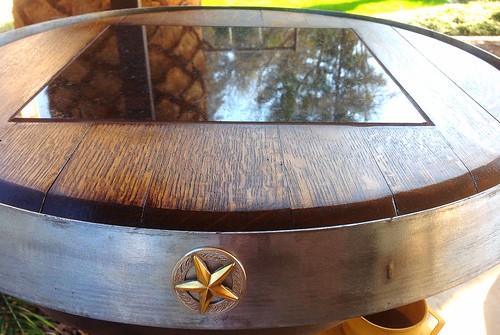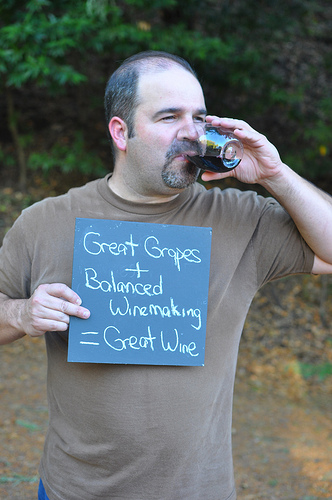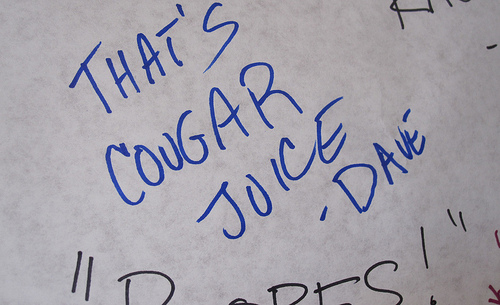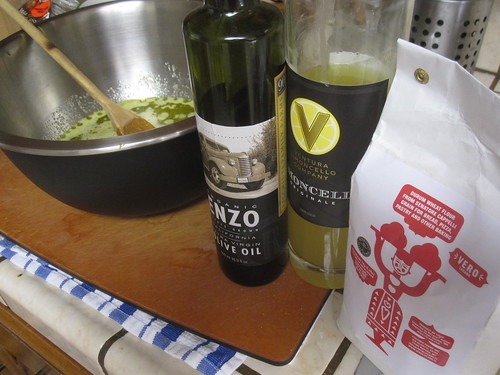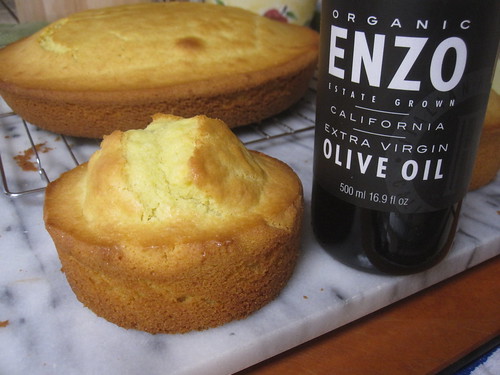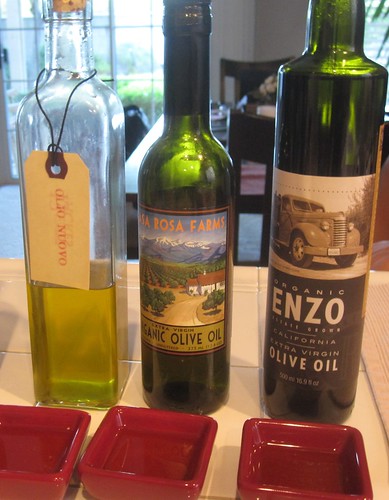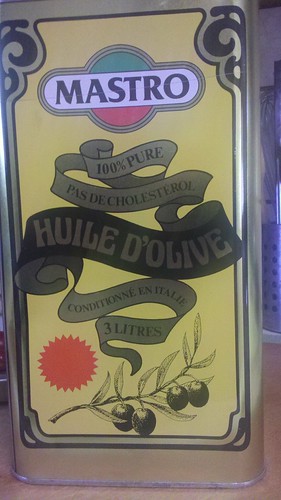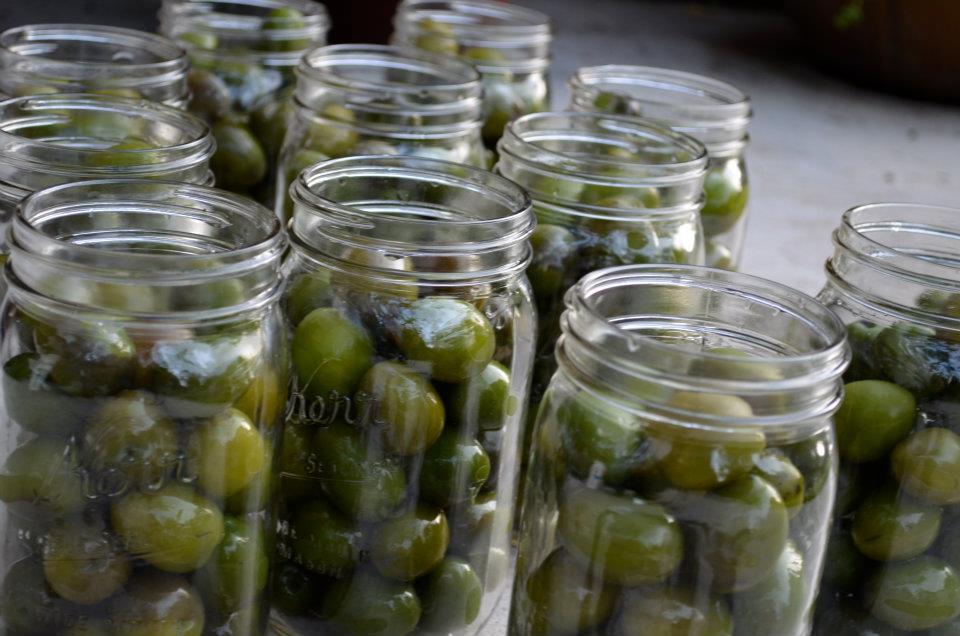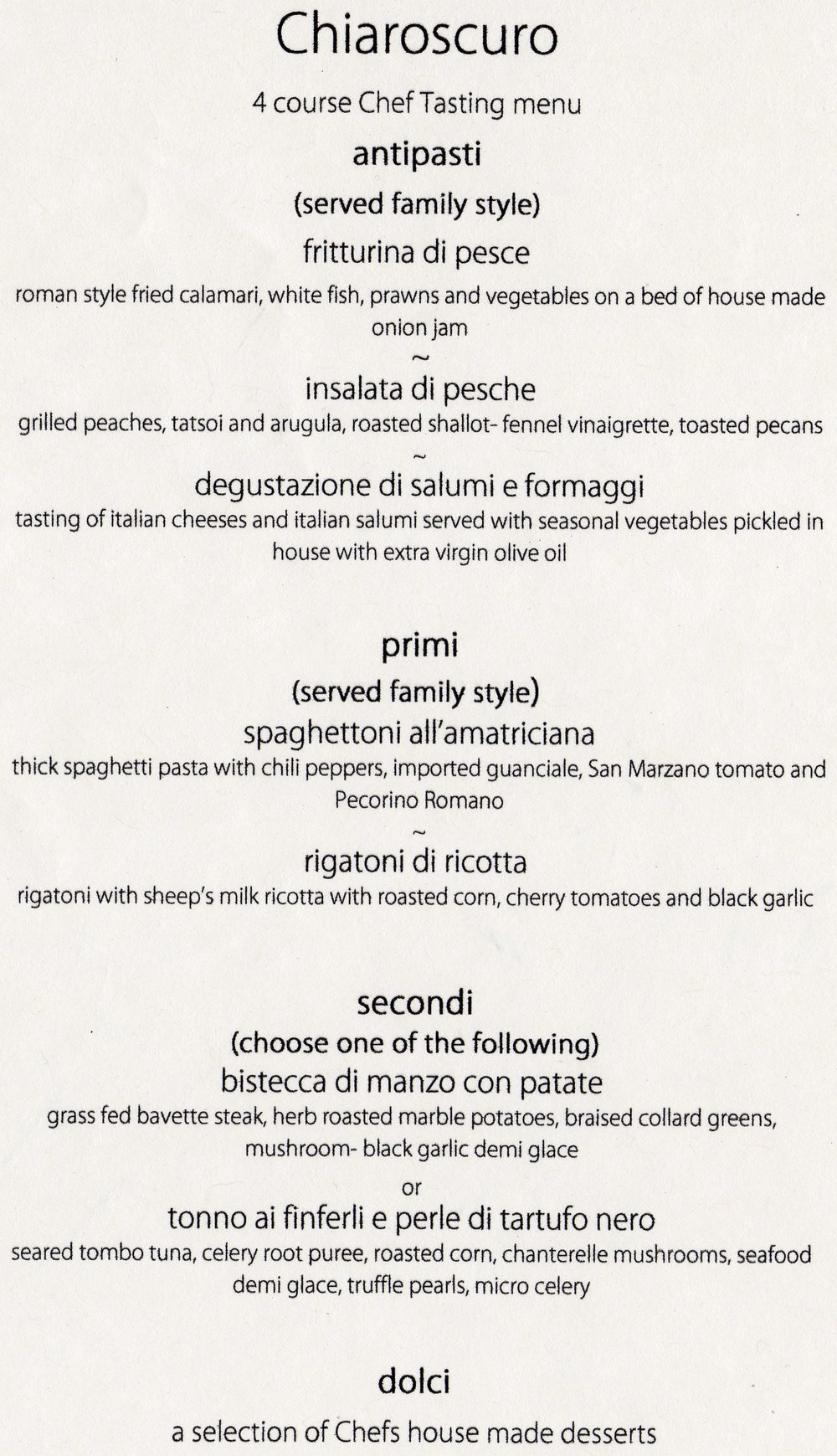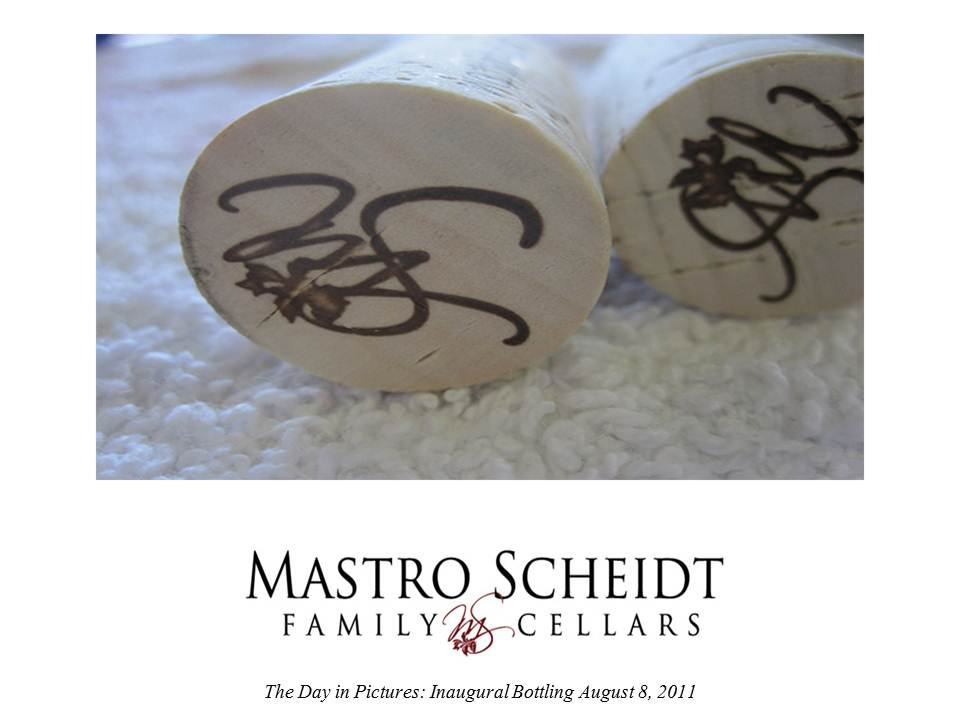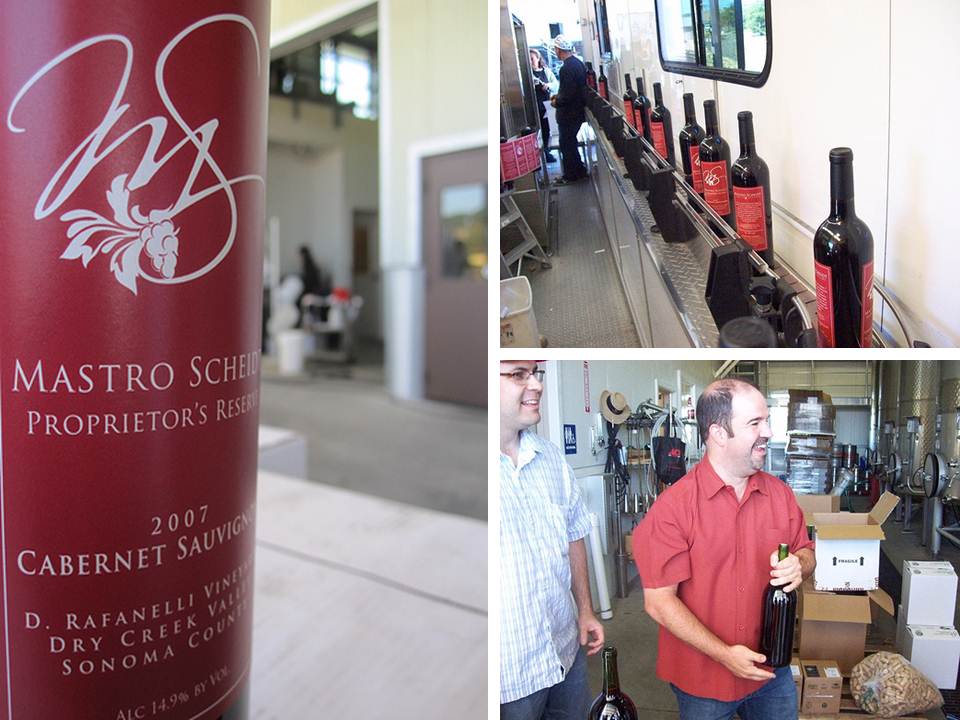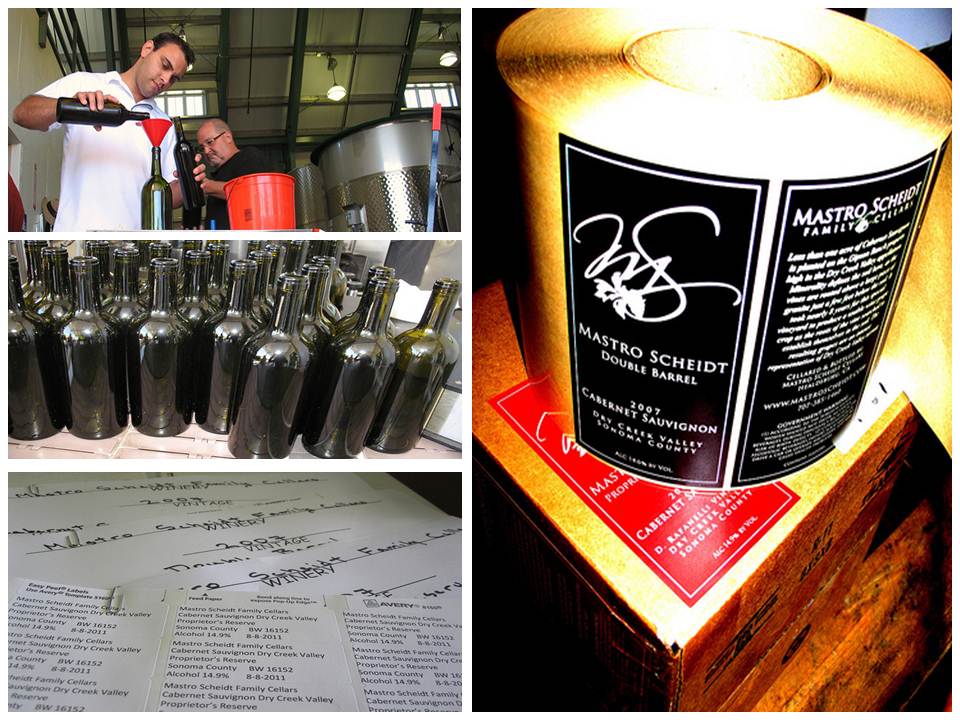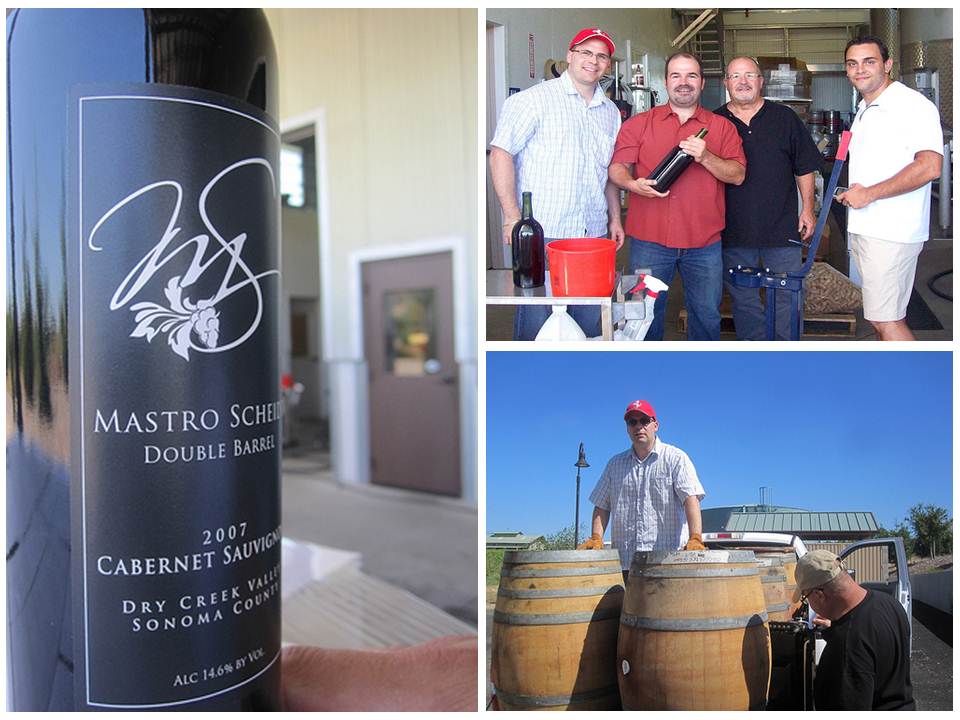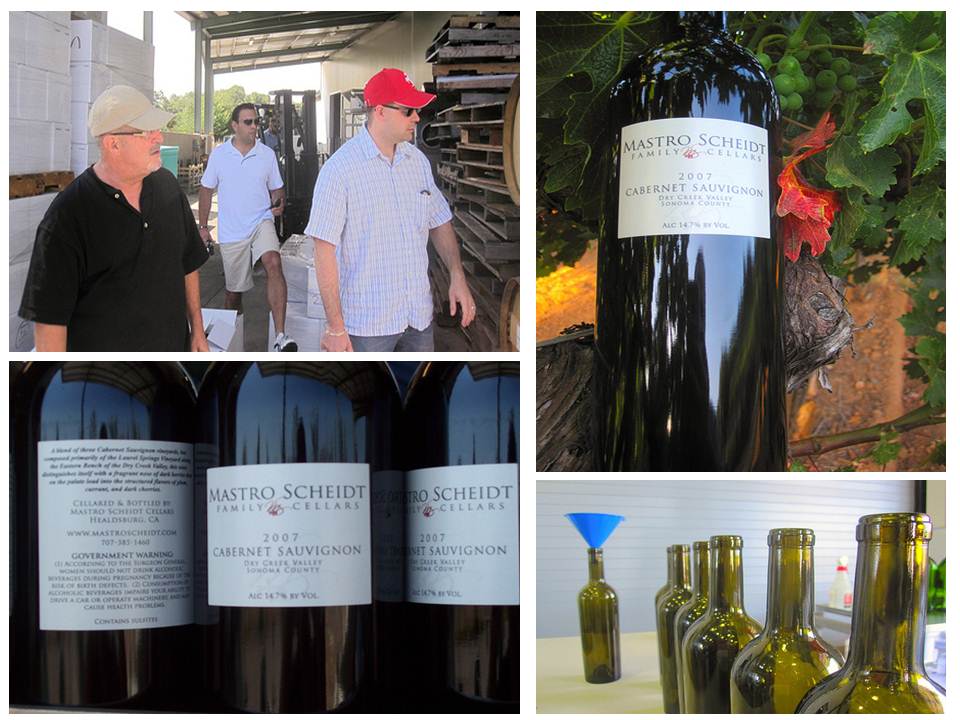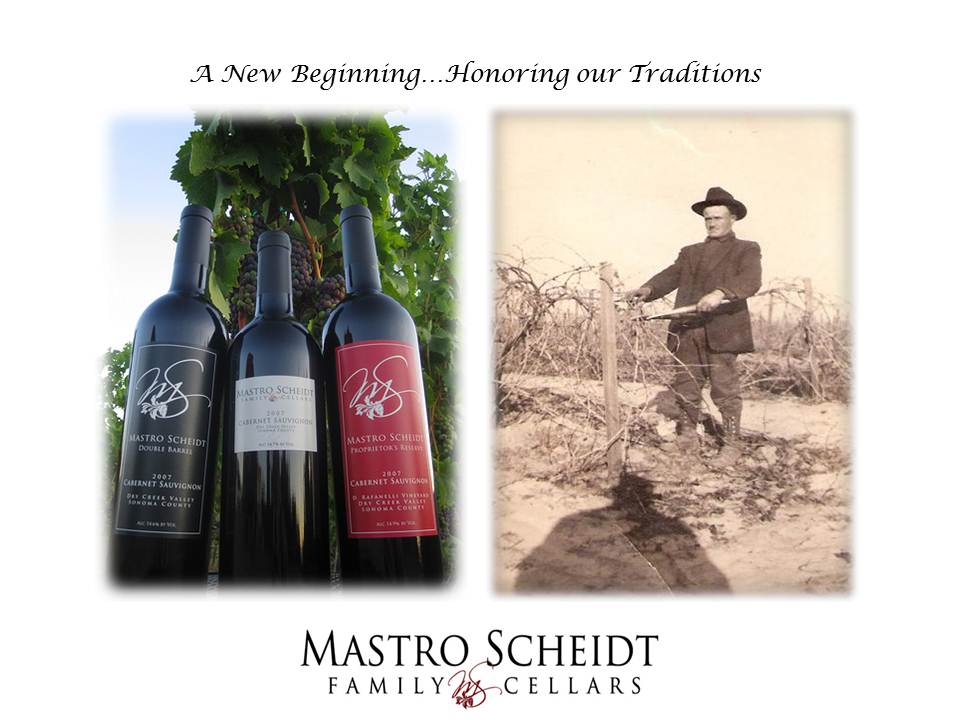“Fear causes hesitation,
and hesitation will cause your worst fears to come true.”
Bohdi as played by Patrick Swayze in Point Break
Heather doesn’t appear to be a cold-blooded killer. She talked about the Act of Killing, hopefully, a disturbing thought for humans. She spoke of the Ninja Master who taught her. She described the steps. She followed the playbook. She thought about it, planned it like a First Degree Murder, told each and every one of us how it was going to happen. The victim was in her right hand, the knife in her left. And no one was going to stop her.
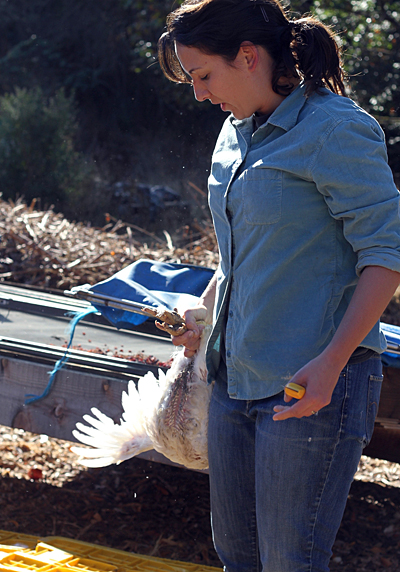 Photo by Heather Irwin
Photo by Heather Irwin
Of the entire Eat Retreat weekend, the most impactful session had to be the chicken slaughter. Yes, I’m using the term slaughter specifically now, rather than kill as I did before. Heather has slaughtered hundreds of animals without hesitation because of the purpose involved, providing food. But the first chicken she slaughtered Saturday morning, October 27 2012 a little after 10:42am, may not have gone as methodically as she was used to.
Why?
She talked about the slaughter at length before she committed the act. If memory serves, Heather continued talking about the act of slitting a chicken throat after she placed the chicken upside down in the aluminum cone, (despite the editing job we’ve seen online). With the knife in her hand, she talked about involuntary muscle response, chicken poop, reminding us to be swift and act without hesitation. As she stretched the neck of the chicken, discussing the motion of the knife preparing for slaughter she says two things,
“{quietly} Calm down {to the chicken as it struggled}…
{then to the crowd} Alright, I’m just going to do this and we can talk about it later.”
Change the circumstances and the purpose for Heather, such as describing in detail what happens when you slit a chicken throat and the moment changes, the emotion changes, the purpose changes and it was clear to me in Heather’s speech; when she spoke to the chicken and then to the crowd. Heather was technically slaughtering a chicken, like she does on a daily basis for work. However, the emotion, mood and crowd changed the conditions to the pejorative; killing rather than slaughtering a chicken, describing the gory details for the crowd in front of her.
Photo by Heather Irwin
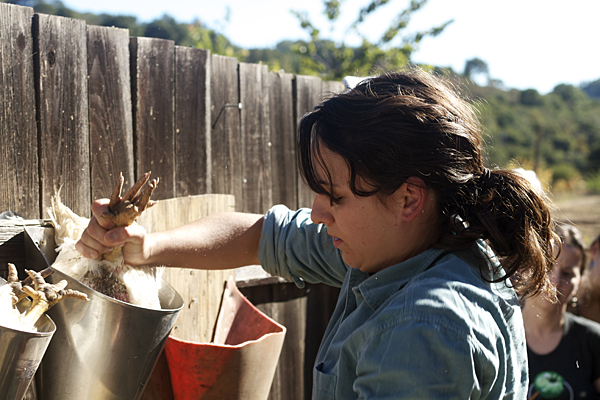
I’m guessing she doesn’t have a crowd of by-standers with digital video cameras when she does her day-to-day job.
The description of the slaughter seemed to resonate with a lot of spectators. The expressions on faces, the talk leading up to the act of cutting, the quiet reverence in the semi-circle, and the discussion around the table that night all affected the simple act of slaughtering a chicken for food.
I’m a hunter. I’ve been a hunter for 27 years. Hesitation in hunting can lead to poor results and missed opportunities. 2000 years ago, hesitating to dispatch your objective could lead you to go hungry and die. These days, I’m more likely to kill myself driving to the grocery store than being attacked by a lion or bear.
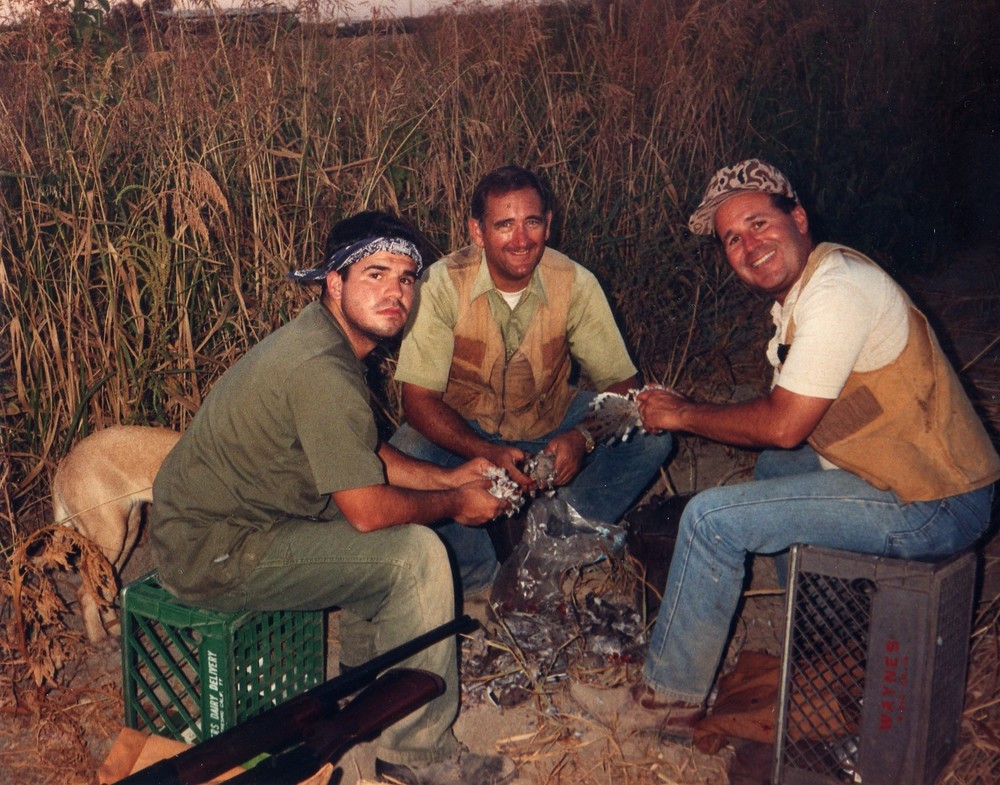
I first shot an animal when I was 14 years old with a shotgun. As I wasn’t that great of a shot or hesitated or aimed poorly, sometimes I only wounded birds and therefore, had to wring some necks when I chased down the birds to finish the job. Poor shooting is disrespectful to birds or any other animal.
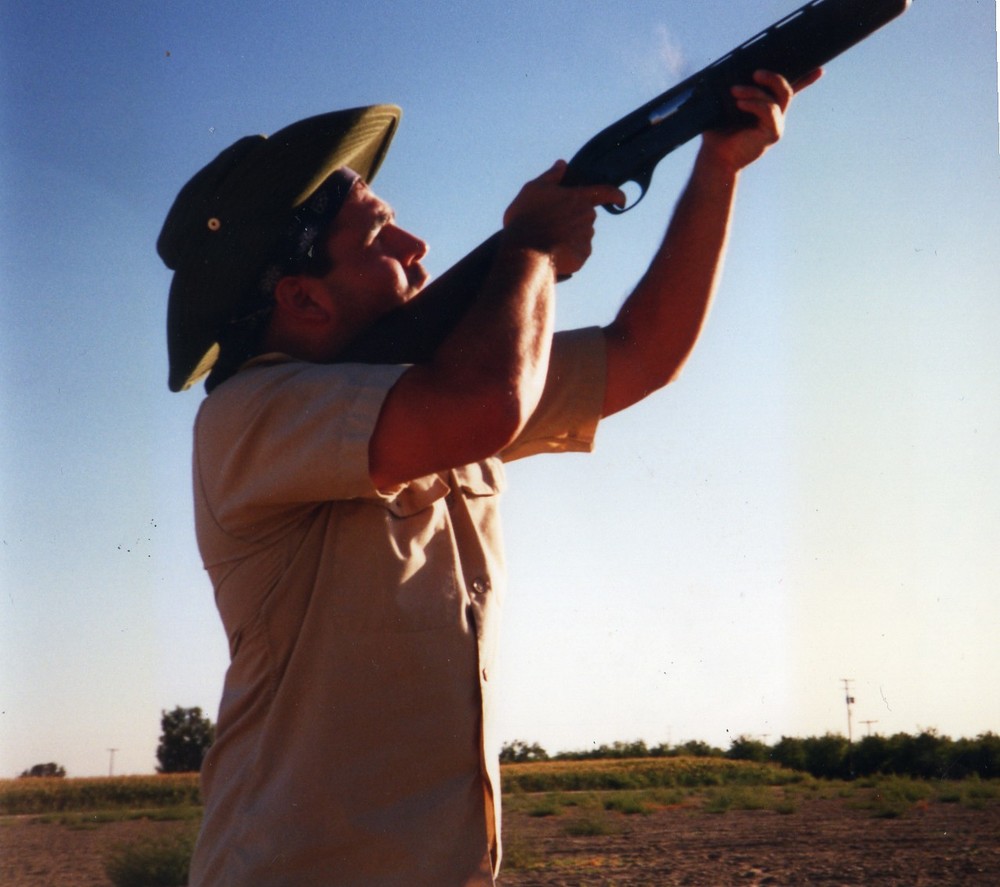
I’m a lot better shot these days.
I also don’t “think” about the act of shooting or describe shooting to people while hunting. Hunting is often a reaction to the situation. If I actually had to think about drawing the weapon, aiming, and pulling the trigger, much less describing what I’m going to do; like Heather describing how to wield a knife, I’d probably miss the damn shot.
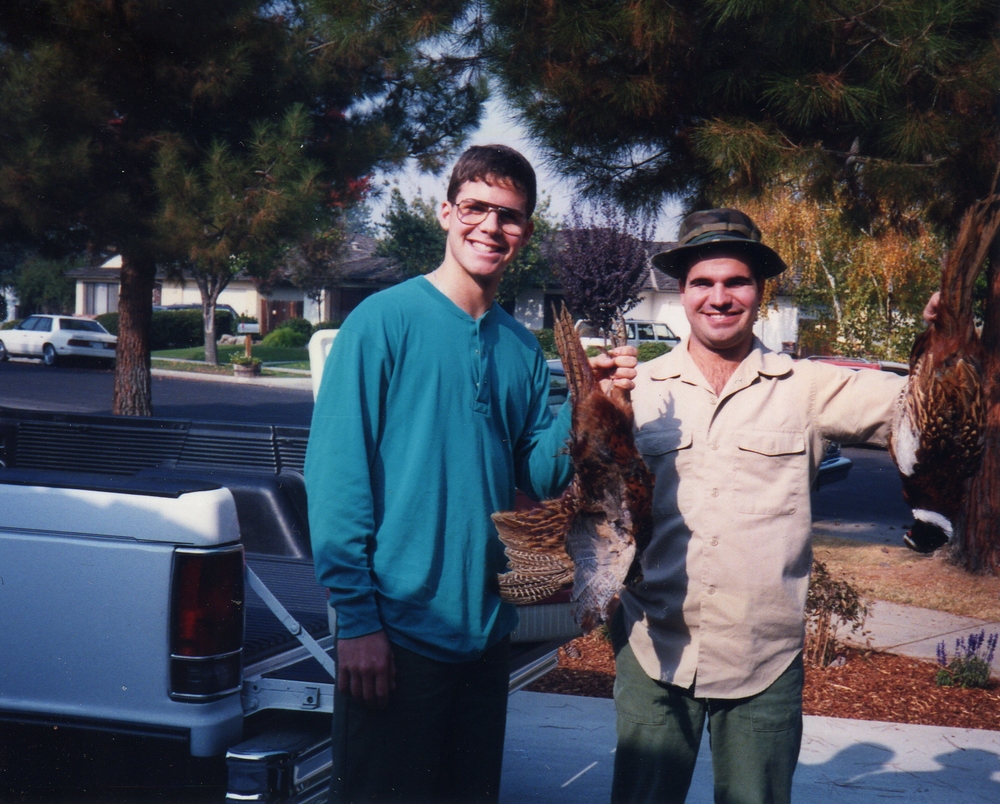
My brother and I shooting pheasants
Additionally, when I was the youngest member of the hunting party and as a right of passage, I had to clean all the birds shot that day by everyone, probably 40 birds on a 102 degree afternoon in Fresno County. Stinky, messy, bloody, warm, gross, but eventually tasty. I’ve only missed 3 seasons of hunting since I was 14. I’m not the youngest guy at the hunt anymore, but I still clean the birds I shoot and make sausage with the scraps of deer.
In the end, birds or any other animal are simply meat to be cooked later that afternoon or evening. I didn’t think anything of shooting birds when I was a teenager, other than I was carrying on a long held tradition of eating what I shot. I don’t think much of it now as a 41 year old adult either, whether by knife, shotgun, or rifle.
I’m hunting, slaughtering, and butchering the animal to eat it.
No hesitation. No fear. No detailed descriptions.
Honor the animal by cooking it properly.

Photo by Mike Lee, Heather and David marveling over guanciale
Heather, you’re carrying on a long-held tradition of craftspeople, doing the job most modern people don’t have the temperament, fortitude, or discipline to do. You’re an example of what’s best about Eat Retreat, leading by example. I have the utmost respect for your craft, talent, and strength.
